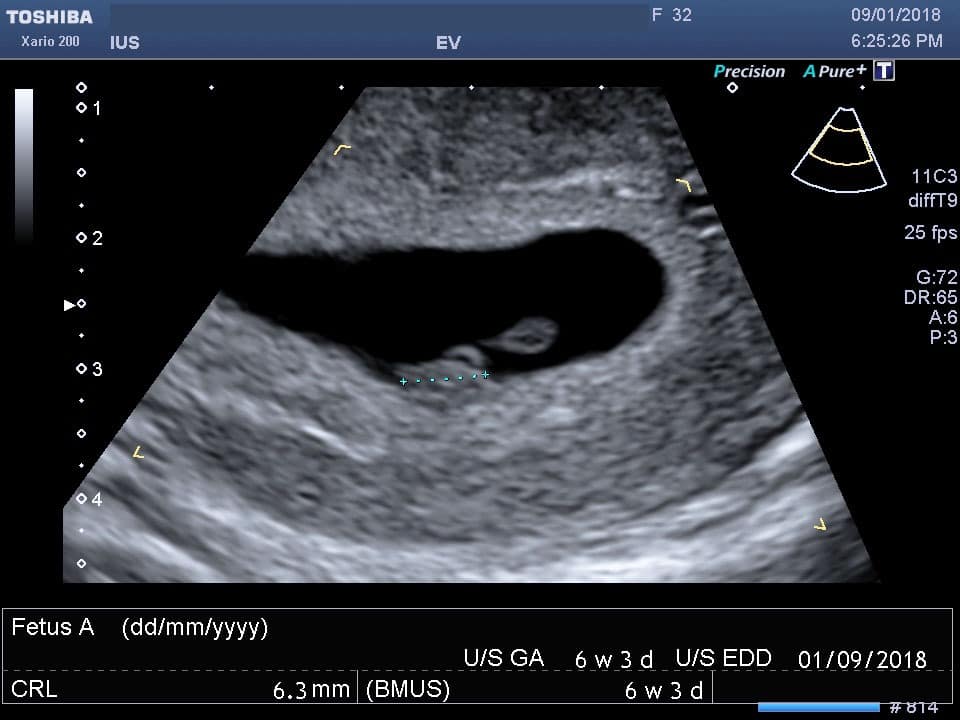
Pregnancy Ultrasound: A Comprehensive Guide to Imaging Your Unborn Child
Introduction
Pregnancy ultrasound, also known as sonography, is a non-invasive imaging technique that uses high-frequency sound waves to create real-time images of the developing fetus. This technology has revolutionized prenatal care, allowing doctors to monitor fetal growth, detect abnormalities, and assess overall pregnancy health. In this comprehensive guide, we will explore the various types of pregnancy ultrasounds, their benefits, and what to expect during an ultrasound examination.
Types of Pregnancy Ultrasounds
There are several different types of pregnancy ultrasounds, each with its specific purpose and timing during pregnancy. The most common types include:
- Transvaginal Ultrasound: This ultrasound is performed early in pregnancy, usually between 5 and 12 weeks. A small probe is inserted into the vagina to obtain clear images of the uterus and developing embryo. Transvaginal ultrasounds are often used to confirm pregnancy, determine the gestational age, and detect early abnormalities.
- Transabdominal Ultrasound: This ultrasound is performed later in pregnancy, typically after 12 weeks. A transducer is placed on the mother’s abdomen to generate images of the fetus. Transabdominal ultrasounds are used to monitor fetal growth, assess the placenta, and check for any structural abnormalities.
- Doppler Ultrasound: This ultrasound uses sound waves to measure blood flow in the fetus and placenta. Doppler ultrasounds can detect potential problems with the fetal heart or umbilical cord and assess the overall well-being of the pregnancy.
- 3D/4D Ultrasound: These ultrasounds create three-dimensional or four-dimensional images of the fetus, providing a more detailed view of the baby’s features and movements. 3D/4D ultrasounds are typically performed as a keepsake or for entertainment purposes.
Benefits of Pregnancy Ultrasounds
Pregnancy ultrasounds offer numerous benefits, including:
- Early pregnancy confirmation: Ultrasounds can confirm pregnancy as early as 5 weeks and determine the gestational age.
- Fetal growth monitoring: Regular ultrasounds allow doctors to track the baby’s growth and development, ensuring that the fetus is growing at a healthy rate.
- Detection of abnormalities: Ultrasounds can detect a wide range of fetal abnormalities, including structural defects, genetic disorders, and placental problems.
- Assessment of fetal well-being: Doppler ultrasounds can assess the fetal heart rate and blood flow, providing information about the baby’s overall health.
- Placenta evaluation: Ultrasounds can examine the placenta, its location, and its function, which is crucial for fetal nourishment and oxygenation.
- Amniotic fluid assessment: Ultrasounds can measure the amount of amniotic fluid surrounding the fetus, which is important for fetal development and movement.
What to Expect During an Ultrasound Examination
Pregnancy ultrasound examinations are generally safe and painless procedures. Here’s what you can expect during an ultrasound:
- Preparation: For transabdominal ultrasounds, you may be asked to drink plenty of fluids beforehand to fill your bladder, which helps improve the visibility of the uterus.
- Procedure: During the ultrasound, you will lie on an examination table. The sonographer will apply a gel to your abdomen or insert a probe into your vagina (for transvaginal ultrasounds). The transducer will emit sound waves and generate images of the fetus on a monitor.
- Duration: The duration of an ultrasound varies depending on the type of ultrasound and the stage of pregnancy. Most ultrasounds take around 15-30 minutes.
- Interpretation: The sonographer will interpret the ultrasound images and provide you with a report. The doctor will discuss the results with you and answer any questions you may have.
Conclusion
Pregnancy ultrasounds are a valuable tool in prenatal care, providing important information about the developing fetus and the overall health of the pregnancy. By understanding the different types of ultrasounds, their benefits, and what to expect during an examination, expectant mothers can make informed decisions and feel more confident about their pregnancy journey.